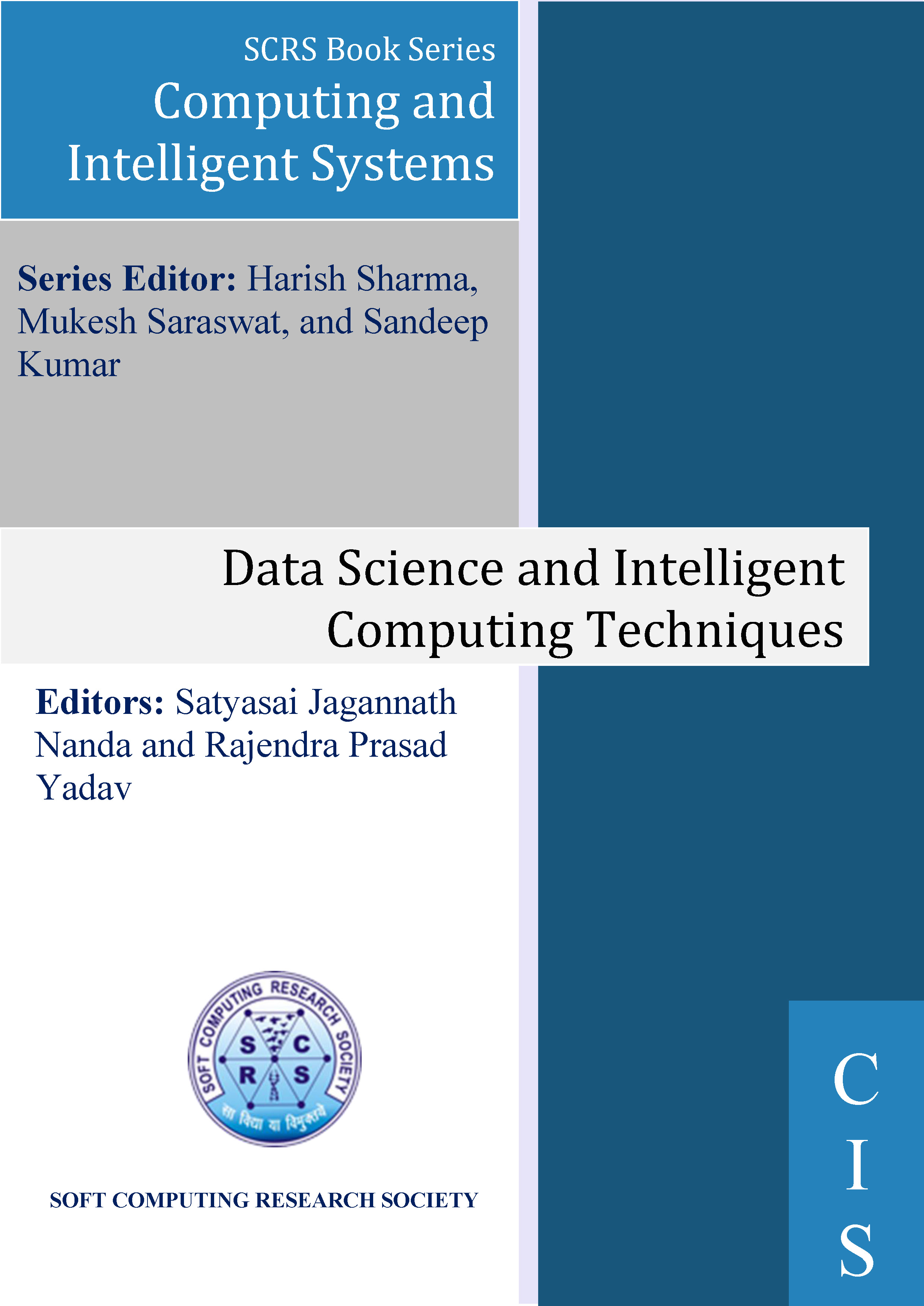
Role of Cognitive Technology for improving Human Resource Management experience: A Multi-dimensional Perspective
Authors: Vijit Chaturvedi
Publishing Date: 10-01-2023
ISBN: 978-81-955020-2-8
Abstract
Human cognition has been considered unique as it can recognize and can attach significance and interpret images, emotion, text, A wide variety of tools like ML, Natural language processing, neural networks and deep learning are strong facilitating tools for classifying, interpreting, and generating outcomes and even can analyze images. There are several applications based on the mass images when interpreted whether used for psychological testing for hiring or for technical assessment, aspects may include – thinking like human application, sensing language and interpreting. The present conceptual paper based on previous studies aimed at understanding conceptual underpinnings of cognitive technology and its application for effective employee experience with respect to different HR functions. Today’s technological advancement in cognitive skill-based tech tools have automated and empowered the organization working by reinventing system, policies, and process. It explains the essential aspects while implementing the new system with a Cognitive and psychosocial perspective and emerging tools used across organization to suffice multi stakeholders’ perspective. The role of smart machines and cognitive architecture in ensuring effective employee performance.
Keywords
Cognitive technology, Cognitive theories and architecture, Cognition and Employee experience, Cognition and Human resource management.
Cite as
Vijit Chaturvedi, "Role of Cognitive Technology for improving Human Resource Management experience: A Multi-dimensional Perspective", In: Satyasai Jagannath Nanda and Rajendra Prasad Yadav (eds), Data Science and Intelligent Computing Techniques, SCRS, India, 2023, pp. 13-25. https://doi.org/10.56155/978-81-955020-2-8-2